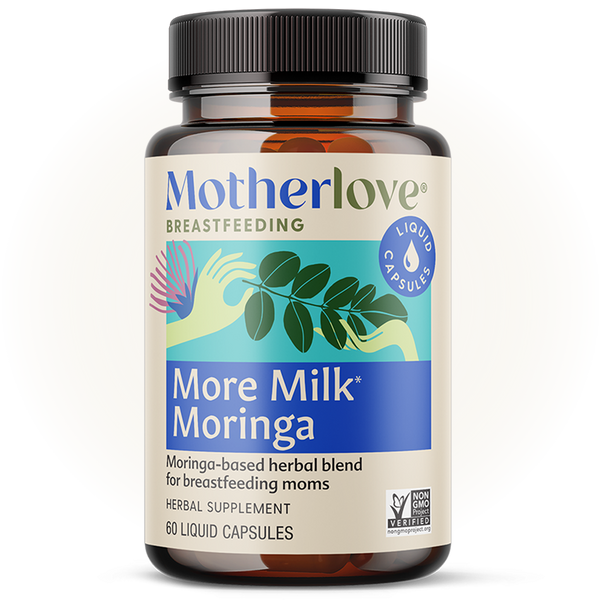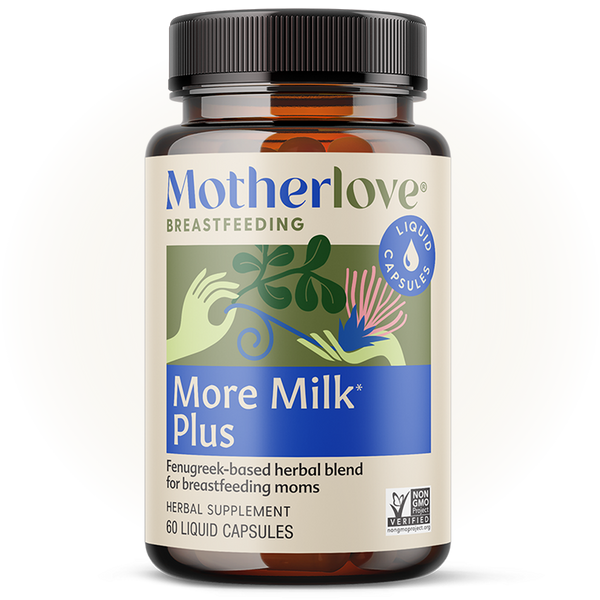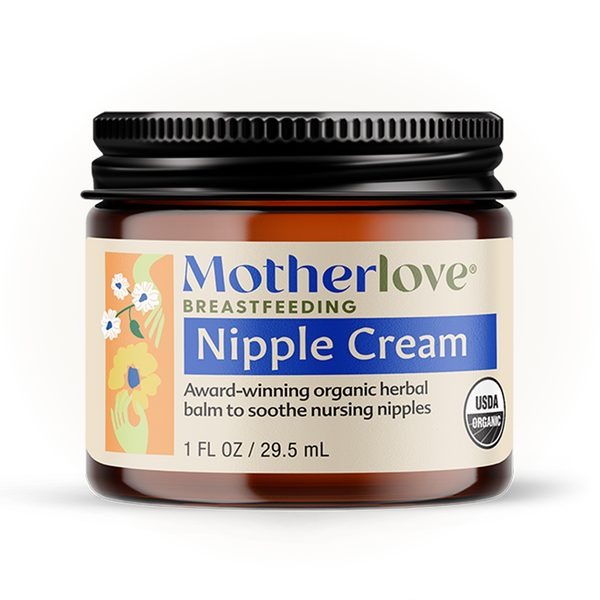By Tanya, IBCLC
Unfortunately, it is not uncommon for moms to have difficulty sustaining their milk supply after returning to work.
The transition back to the working world and the adjustment to the new normal of juggling work and family is stressful. Add to that the fact that even the best pump isn't the perfect stand-in for your baby, and an often less-than-ideal space and break time to pump, and it shouldn't be a shock that returning to work often means a declining supply.
TIPS FOR KEEPING YOUR MILK SUPPLY UP AFTER RETURNING TO WORK:
Start with the right breast pump.
You're probably well aware that there are different pumps for different purposes. Because the amount of milk removed from your breasts is key in determining how much milk you make, you'll need a pump that's up to the job. Make sure that yours is designed for regular, frequent pumping at work. That means double, electric, and sturdy. And make sure you have the right size flanges.
Build up a breastmilk freezer stash.
Prior to returning to work, pump enough to build a backup stash in your freezer. To be clear, the milk you pump daily gets fed to the baby the following day. Your freezer stash is for use in an emergency or a longer separation. Recommendations vary as to how much you should store, but pumping once a day for a week or two prior to returning to work will probably give you enough to start - and some peace of mind.
Breast pump often enough.
Remember the “Milk Supply Equation?” It's shorthand for the key factors you need to make enough milk. A critical factor is “adequately frequent, effective milk removal and stimulation.” When you're at home with your baby, she's the one who determines how frequent this removal happens, based on her needs. When you're at work, it's a discussion between you and your pump. Aim to pump as often as you would be nursing at home. You may also want to learn about “hands-on pumping” to maximize your output.
Nurse frequently when you're with your baby.
It's probably not a shock to hear that even the best pump may not elicit the same hormonal response as your baby. So when you're home, keep those milk-making hormones revving by nursing frequently.
Anticipate a decline over the course of the day and the week.
It's natural for your output to decline over the course of the day, so don't panic if you find that your afternoon sessions are less productive than your morning ones. The same goes for many women over the course of the week, with Friday's production looking a little disappointing compared to Monday's. This may be the cumulative effect of a lower hormonal response to the pump over the course of the week. If you're not keeping up, you may want to pump one time over the weekend (as unpleasant as that sounds) to give you a backup for the smaller output at the end of the week.
Schedule a babymoon.
If you find that your supply is declining, use a day at home to snuggle up and recharge your system. A “babymoon” is a peaceful stretch of time spent in bed with your baby, cuddled-up (ideally skin-to-skin) and nursing frequently. As simple as it sounds, a babymoon can work wonders for your milk supply. This extended period of close contact boosts your milk-making hormones and encourages frequent feeding – the foundation of a good milk supply. It will also provide you with some much-needed rest.
Consider power pumping.
When given the choice between power pumping and a babymoon with plenty of nursing, we'd choose a babymoon, hands down. Another strategy for a declining supply after returning to work is power pumping (also called cluster pumping). This is pumping in a series of ten-minute sessions - ten minutes pumping, ten minutes off - over the course of an hour, one session each day. The theory is that power pumping simulates a baby’s behavior during a growth spurt when they feed more frequently and often in a cluster-like manner. Alone or in combination with other measures to support supply (more frequent and effective feeding at the breast, use of breastfeeding supplements, skin-to-skin, etc.) it may increase milk supply over time.
Use a hand-on approach when pumping.
Massaging your breasts while pumping can help you produce up to 50% more milk! Read our blog about this simple yet effective tip.
Remember that solid food changes things.
Since your baby's intake of solid foods generally means less breastmilk intake, once your baby is six months old and starting solids, you may find that you have a bit of a buffer in terms of the amount of milk you need to pump. If you keep pumping on the same schedule as prior to the introduction solids, you may find that supply now matches demand!
Use a Motherlove breastfeeding supplement.
At Motherlove, we know that galactagogues aren't always the solution to a low milk supply. If the baby isn't latching well or you just aren't pumping or nursing often enough, a supplement won't fix your supply issue. But there are a lot of circumstances in which a herbal supplement can help. We created Supplement Guide so you can easily decide which Motherlove product is best for you.
See a breastfeeding support person for additional help.If you're struggling with breastfeeding and working, don't hesitate to call a breastfeeding support person. Use these directories to find Board Certified Lactation Consultants, La Leche League leaders, Breastfeeding USA counselors, and WIC breastfeeding peer counselors near you.





